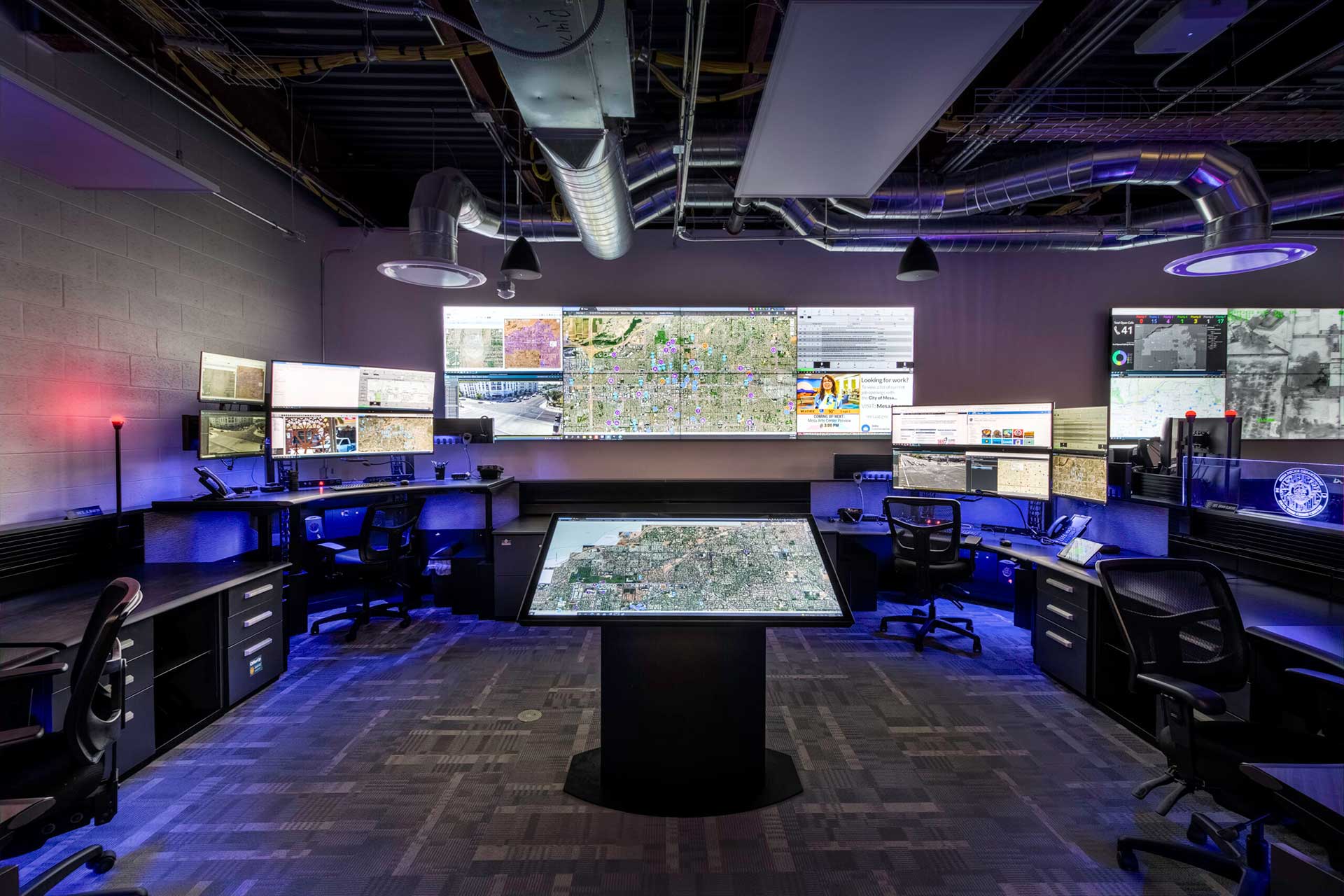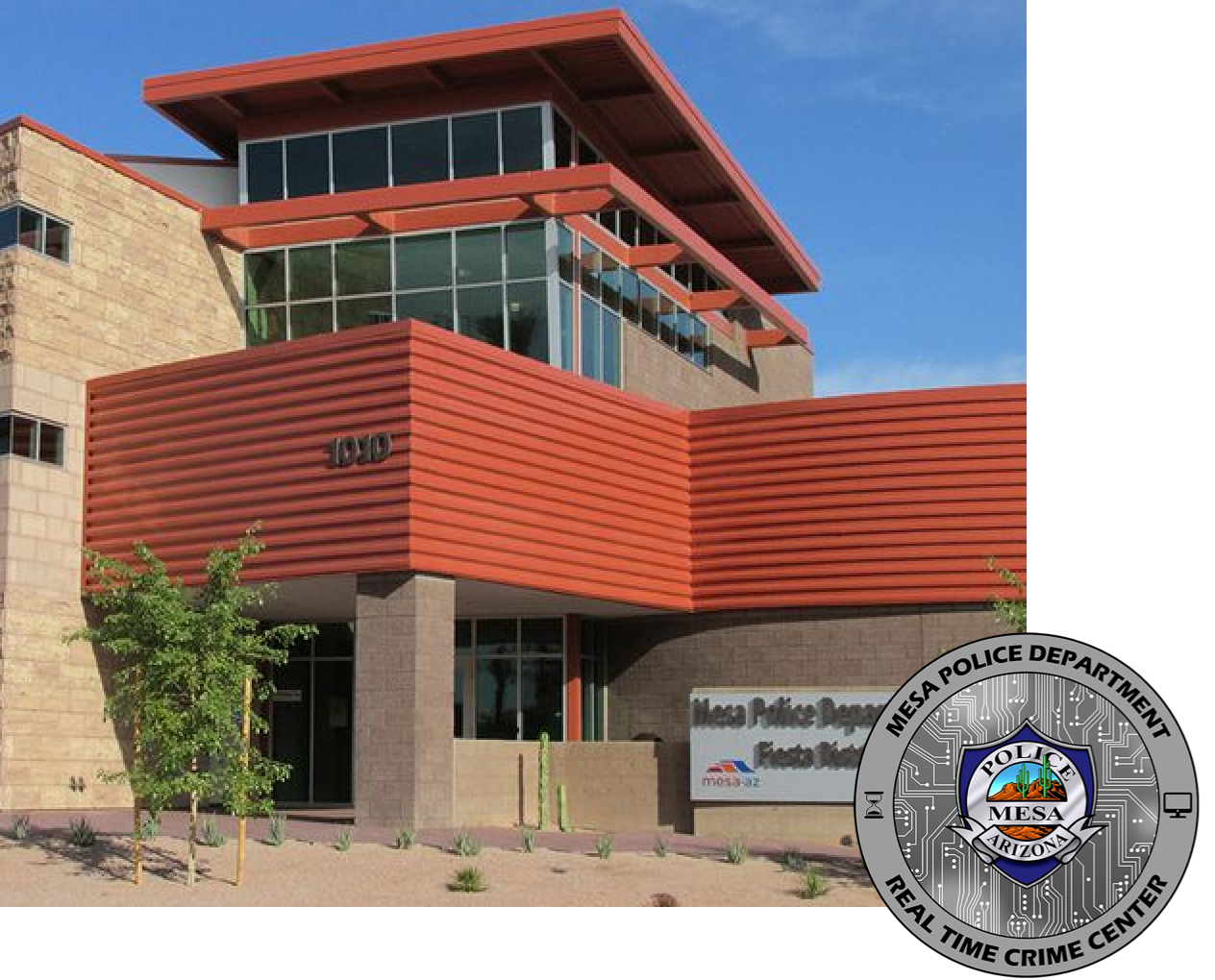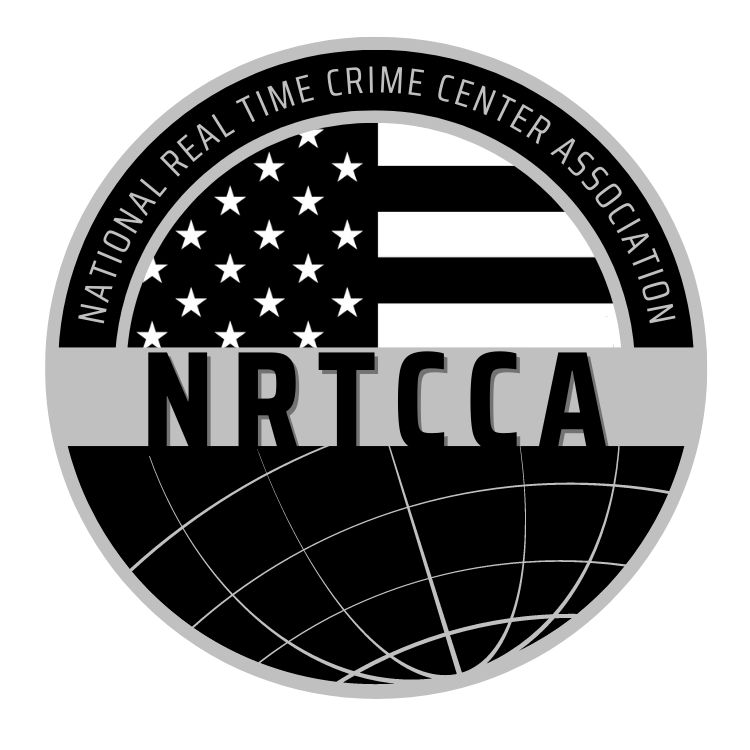Mesa Police Department Real Time Crime Center
New RTCC leverages innovative livestreaming technology to improve operational intelligence and respond faster.

Real Time Crime Centers listen to incoming emergency calls as they happen to improve operational intelligence
Photo courtesy of Mesa Police Department
In this episode, host Jim Dudley speaks with Jamie Hudson, Real-Time Information Center Manager at the Elk Grove Police Department, about how his agency uses advanced technology, including Live911, to harness information and intelligence.


New RTCC leverages innovative livestreaming technology to improve operational intelligence and respond faster.

HigherGround is a proud Corporate Sponsor of the National Real Time Crime Center Association The NRTCCA is an all-volunteer organization dedicated to serving RTCCs through identifying training opportunities, networking, identifying best practices, and fostering public safety partnerships.
LEARN MORE


REQUEST A DEMO
